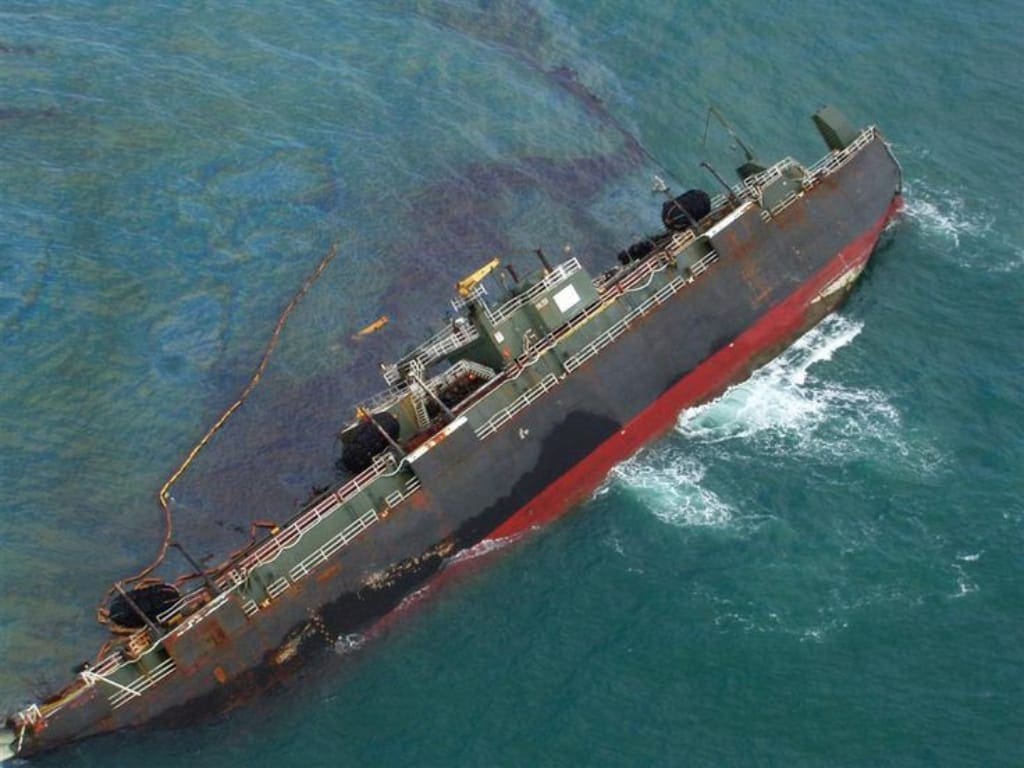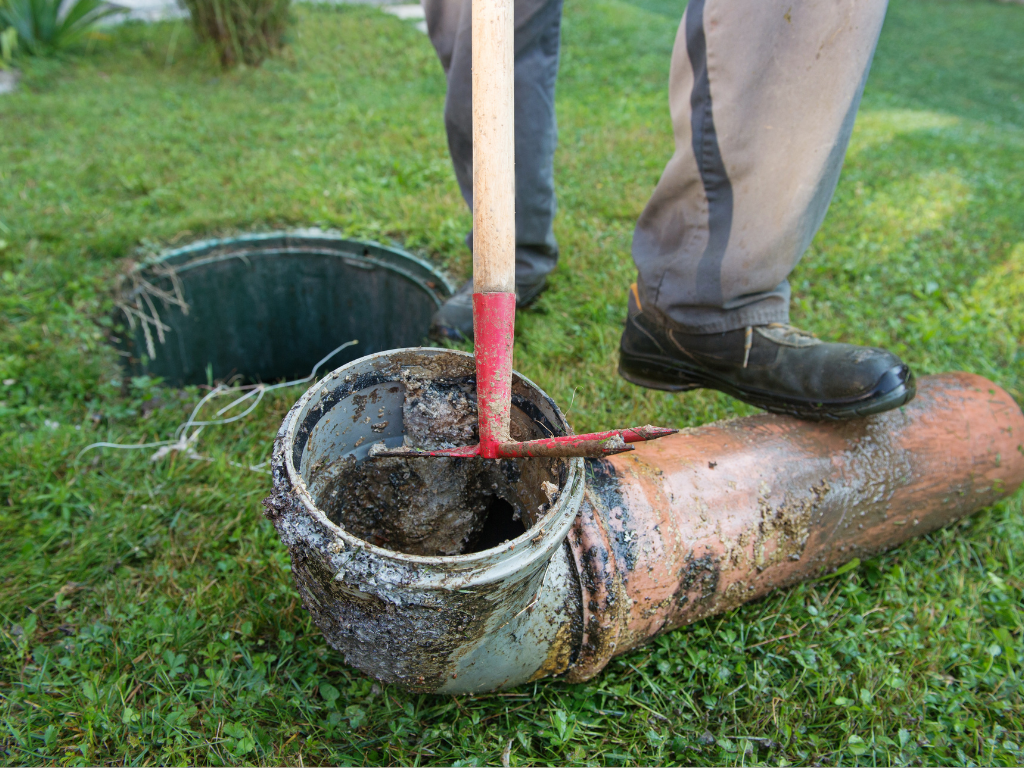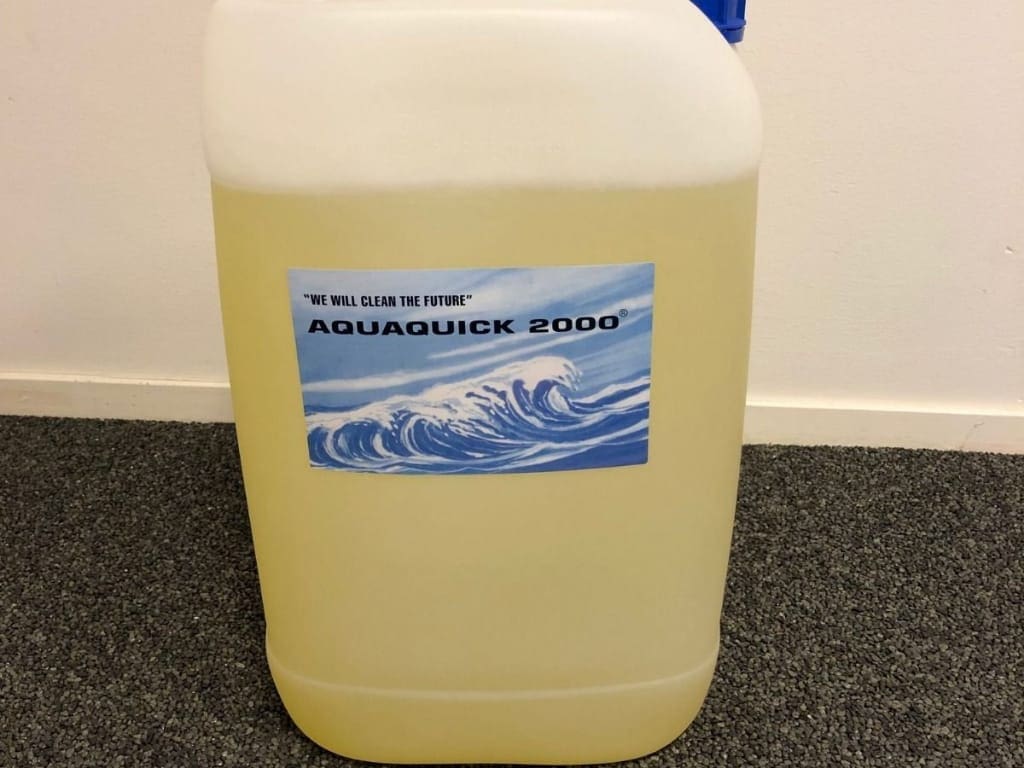Oil spills pose a significant threat to marine environments, local economies, and wildlife that is why we need a rapid oil spill solution. Quick, decisive action is essential in mitigating the damage caused by these environmental disasters. In this article, we will explore the importance of rapid response, the various methods used in oil spill solution, and how these strategies can minimize the adverse effects of oil spills.
The Importance of Rapid Response
When an oil spill occurs, the clock starts ticking. The sooner responders can contain and clean up the spill, the less damage it will cause. Rapid response is crucial because oil spreads quickly, impacting larger areas of the ocean and shoreline. By acting swiftly, responders can limit the spread, reducing the environmental and economic impacts.
Initial Response Tactics
The initial response to an oil spill is critical. This phase involves quick assessment and immediate action to contain the spill. Key tactics for an oil spill solution include:
1. Booms
Booms are floating barriers used to contain the spread of oil on the water’s surface. Responders deploy booms quickly to encircle the spill, preventing it from reaching shorelines and sensitive habitats. There are three main types of booms:
- Containment Booms: These are used to corral the oil, keeping it in one area.
- Absorbent Booms: These absorb the oil, preventing it from spreading.
- Fire Booms: These are used in controlled burns to remove oil from the water’s surface.
2. Skimmers
Skimmers are devices that remove oil from the water’s surface. They come in various types, including weir skimmers, oleophilic skimmers, and suction skimmers. By skimming the oil off the water, responders can prevent it from sinking or dispersing further.
3. Dispersants
Dispersants are chemicals sprayed on spill and work as great oil spill solution to break the oil into smaller droplets, promoting natural biodegradation. While dispersants can be controversial due to their potential environmental impact, they can be effective in reducing the amount of oil reaching shorelines and sensitive ecosystems.
Advanced Response Strategies For Oil Spill Solutions

In addition to initial response tactics, advanced strategies are employed to ensure thorough cleanup and minimize long-term damage to find an easy yet effective oil spill solution. These oil spill solution strategies include:
1. In-Situ Burning
In-situ burning involves igniting the oil on the water’s surface, effectively removing large quantities of oil. This method is used when the oil is thick enough to sustain a burn and when conditions allow for controlled burning. In-situ burning can significantly reduce the amount of oil that needs to be physically removed.
2. Bioremediation
Bioremediation uses microorganisms to break down oil into less harmful substances. This natural process can be enhanced by adding nutrients and oxygen to stimulate microbial activity. Bioremediation is particularly useful for cleaning up oil spill solution on shorelines and in marshes where mechanical methods may be less effective.
3. Chemical Herding Agents
Chemical herding agents are used to thicken the oil, making it easier to contain and collect. These agents work by reducing the surface tension of the oil, allowing it to form a thicker layer that can be more easily skimmed or burned.
Oil Spill Solution: The Role of Technology in Rapid Response

Technological advancements play a crucial role in improving the speed and efficiency of oil spill solution responses. Innovations in detection, containment, and cleanup technologies have significantly enhanced the ability to respond quickly to perform good oil spill solutions.
1. Drones and Satellite Imaging
Drones and satellites are used for rapid assessment and monitoring of oil spill solutions. These technologies provide real-time data on the extent and location of the spill, allowing responders to deploy resources more effectively. Drones can also be equipped with sensors to detect oil thickness and composition.
2. Autonomous Underwater Vehicles (AUVs)
AUVs are used to monitor underwater oil plumes and assess the impact of spills on marine ecosystems. These vehicles can operate in harsh conditions and provide valuable data on the oil spill solution movement and dispersion.
3. Robotic Skimmers
Robotic skimmers are autonomous or remotely operated devices that can efficiently remove oil from the water’s surface. These skimmers are equipped with sensors and cameras to navigate and optimize their cleaning operations.
The Human Factor: Training and Preparedness For Oil Spill Solutions
While technology is crucial, the effectiveness of oil spill solution response ultimately depends on the human factor. Proper training and preparedness are essential for ensuring rapid and efficient response to perform oil spill solution.
1. Regular Drills and Exercises
Conducting regular drills and exercises helps response teams stay prepared for real-world scenarios. These drills simulate oil spill solutions and test the effectiveness of response strategies, allowing teams to identify areas for improvement.
2. Training Programs
Comprehensive training programs for responders ensure they are familiar with the latest techniques and technologies in oil spill solution response. Training covers everything from the proper deployment of booms and skimmers to the use of advanced detection and monitoring tools.
3. Coordination and Communication
Effective coordination and communication are critical for a successful response. Response teams must work closely with government agencies, environmental organizations, and local communities to ensure a coordinated effort. Establishing clear communication channels and protocols helps streamline the response process.
Case Studies: Successful Rapid Response Efforts
Examining past oil spill solution provides valuable insights into the effectiveness of rapid response strategies. Here are two case studies of successful rapid response efforts:
1. Deepwater Horizon (2010)
The Deepwater Horizon spill in the Gulf of Mexico is one of the largest oil spills in history. The initial response involved deploying booms, skimmers, and dispersants to contain an oil spill solution. In-situ burning was also used to remove large quantities of oil. The response highlighted the importance of rapid action and the need for improved technologies and preparedness.
2. Exxon Valdez (1989)
The Exxon Valdez spill in Alaska led to significant advancements in oil spill response strategies. The initial response included deploying booms and skimmers, but the remote location and harsh weather conditions presented challenges. The spill prompted the development of new technologies and stricter regulations to prevent future spills and improve response efforts.
The Environmental and Economic Benefits of Rapid Response
Rapid response to oil spills not only protects the environment but also offers significant economic benefits. By containing and cleaning up spills quickly, responders can minimize the impact on local economies, particularly in industries such as fishing and tourism.
1. Protecting Marine Life and Ecosystems
Oil spills can devastate marine life and ecosystems and they require a quick oil spill solution. Rapid response efforts help protect sensitive habitats and reduce the long-term impact on wildlife. Containing the spill quickly prevents oil from spreading to areas with high biodiversity, preserving marine life and ecosystem health.
2. Reducing Cleanup Costs
The longer an oil spill remains uncontained, the more expensive the cleanup becomes. Rapid response efforts can significantly reduce the overall cost of cleanup by preventing the spread of oil and minimizing damage. This cost savings benefits both the responsible parties and the affected communities.
3. Maintaining Public Trust
Effective and swift response to oil spills helps maintain public trust and confidence in the responsible parties and authorities. Transparent communication and visible efforts to address the spill demonstrate a commitment to environmental protection and community well-being.
AQUAQUICK 2000: A Revolutionary Eco-Friendly Cleaning Solution

In the modern world, environmental sustainability has become a pressing concern. Industries are constantly seeking ways to reduce their ecological footprint, and one significant area of focus is the cleanup of oil and grease spills. AQUAQUICK 2000 stands out as a revolutionary, water-based cleaning product that offers an eco-friendly oil spill solution for the elimination of various types of oils and greases. Composed of ecological materials and plant extracts, AQUAQUICK 2000 not only cleans effectively but also promotes environmental health through its innovative biological processes.
Composition and Mechanism
Ecological Materials and Plant Extracts
AQUAQUICK 2000 is crafted from a blend of ecological materials and plant extracts. This composition ensures that the product is biodegradable and non-toxic, making it safe for use in various environments without causing harm to ecosystems or human health. Unlike conventional chemical cleaners, which can leave harmful residues and contribute to pollution, AQUAQUICK 2000 breaks down naturally, minimizing its environmental impact.
Targeting Hydrocarbons
One of the most remarkable features of AQUAQUICK 2000 is its effectiveness against a wide range of oils and greases. This includes animal, vegetable, synthetic, and mineral oils and greases, collectively known as hydrocarbons. Hydrocarbons are notoriously difficult to clean due to their persistence and potential for environmental damage. AQUAQUICK 2000’s formulation is specifically designed to emulsify these substances, facilitating their removal in an environmentally friendly manner.
The Biological Process
Enhancing Microbial Activity
AQUAQUICK 2000 contains special nutrients that stimulate the growth of bacteria and microorganisms present in the environment. These microorganisms are naturally adept at breaking down hydrocarbons but often require additional nutrients to thrive. By providing these nutrients, AQUAQUICK 2000 promotes an explosive growth of beneficial bacteria, enhancing their capacity to metabolize hydrocarbons.
Aerobic Decomposition
The decomposition process facilitated by AQUAQUICK 2000 is aerobic, meaning it requires the presence of oxygen. During this process, the bacteria convert the AQUAQUICK/hydrocarbon emulsion into harmless byproducts such as carbon dioxide (CO2), water (H2O), biomass, and energy. This natural biodegradation process ensures that the hydrocarbons are broken down efficiently and safely, leaving no toxic residues behind.
Applications and Benefits
Versatile Use
AQUAQUICK 2000’s versatility makes it suitable for a wide range of applications. It can be used in industrial settings to clean machinery and equipment, in marine environments to address oil spills, and in everyday contexts such as household cleaning. Its ability to handle different types of hydrocarbons ensures that it can meet diverse cleaning needs without compromising on effectiveness.
Environmental Impact
One of the key benefits of AQUAQUICK 2000 is its minimal environmental impact. Traditional cleaning agents often contain harsh chemicals that can harm aquatic life and contaminate water sources. In contrast, AQUAQUICK 2000’s natural composition and biodegradable properties ensure that it supports ecological balance. By promoting the growth of bacteria that naturally decompose hydrocarbons, AQUAQUICK 2000 aids in maintaining cleaner, healthier ecosystems.
Safety and Non-Toxicity
Safety is another significant advantage of AQUAQUICK 2000. Its non-toxic formula means it is safe for use in various environments, including areas where humans and animals are present. This makes it an ideal choice for cleaning applications in sensitive areas such as marine parks, wildlife reserves, and residential zones. Users can have confidence that they are not introducing harmful chemicals into their surroundings.
Case Studies and Effectiveness
Industrial Applications
In industrial settings, AQUAQUICK 2000 has proven to be highly effective in cleaning oil and grease from machinery and equipment. For instance, manufacturing plants that deal with heavy oils and greases have reported significant improvements in cleanliness and operational efficiency after switching to AQUAQUICK 2000. The product’s ability to break down hydrocarbons quickly and safely means less downtime for equipment maintenance and reduced risk of environmental contamination.
Marine Oil Spills
Marine oil spills present a unique challenge due to the vast and sensitive nature of the oceanic environment. AQUAQUICK 2000 has been successfully used in several marine oil spill scenarios to contain and clean up spills. Its rapid action in emulsifying oil and promoting microbial degradation helps to minimize the long-term environmental impact of oil spills. In addition, its non-toxic nature ensures that marine life is not adversely affected during the cleanup process.
Future Prospects
Innovation and Development
As awareness of environmental sustainability grows, the demand for eco-friendly cleaning solutions like AQUAQUICK 2000 is likely to increase. Ongoing research and development efforts aim to further enhance the effectiveness and applicability of the product. Innovations may include optimizing the nutrient blend to support a broader range of microbial activity and developing formulations tailored to specific types of hydrocarbons.
Expanding Applications
The potential applications of AQUAQUICK 2000 extend beyond its current uses. Future developments may see the product being adapted for use in soil remediation, where it could help clean contaminated land areas. Additionally, it could be used in water treatment facilities to address hydrocarbon contamination in wastewater. The versatility and effectiveness of AQUAQUICK 2000 make it a promising candidate for addressing a variety of environmental cleanup challenges.
AQUAQUICK 2000 represents a significant advancement in eco-friendly cleaning technology. Its unique composition of ecological materials and plant extracts, combined with its ability to promote microbial degradation of hydrocarbons, makes it an invaluable tool in the fight against environmental pollution. By offering a safe, effective, and sustainable solution for cleaning oil and grease, AQUAQUICK 2000 not only meets current cleaning needs but also supports long-term environmental health.
As industries and communities continue to prioritize sustainability, products like AQUAQUICK 2000 will play a crucial role in ensuring cleaner, healthier environments. With its proven effectiveness and commitment to ecological safety, AQUAQUICK 2000 sets a new standard for environmental cleaning solutions.
Conclusion
Rapid response is essential in mitigating the damage caused by oil spills and find oil spill solutions. Quick action, combined with advanced technologies and well-trained response teams, can significantly reduce the environmental and economic impacts of these disasters. By prioritizing prevention, preparedness, and swift action, we can better protect our oceans and shorelines from the devastating effects of oil spills.
Implementing robust oil spill solution response strategies and continuously improving our capabilities ensures that we are better equipped to handle future spills. Ultimately, a proactive and rapid response approach is key to safeguarding our environment and preserving the health of our planet.













